
The two models: Singapore and Cuba show the clash between communism and capitalism.
Both countries represent well-defined economic and ideological models, which represent the success of capitalism and the failure of communism
The contrast between Singapore and Cubarepresents one of the clearest examples of the clash of economic and political models in the modern world. Both countries share certain structural similarities.
They are small island territories with a history marked by colonialism and strong centralized leadership. However, they have taken diametrically opposed paths in their economic development, political system, and social model.
Since its independence in 1965, Singapore has been governed by the People's Action Party (PAP), initially led by Lee Kuan Yew. The key to Singapore's economic success lies in its commitment to a capitalist free-market economy, highly globalized and oriented toward foreign investment.
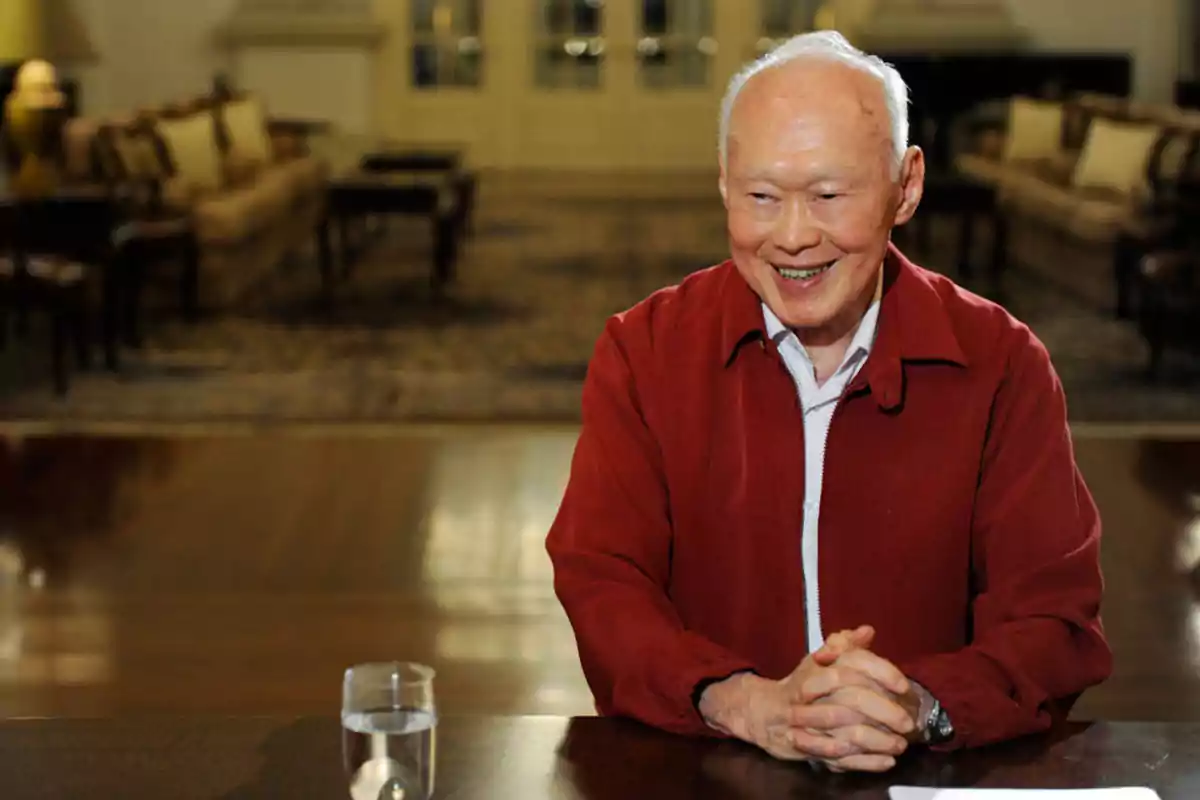
The Singaporean government adopted from the outset a pragmatic and technocratic approach, prioritizing efficiency, order, and economic growth over ideological considerations.
This involved attracting multinationals, investing heavily in education and technology, and maintaining strict fiscal discipline. Today, Singapore is one of the most developed economies in the world, with a GDP per capita higher than many Western economies, and it positions itself as a global financial and logistics hub.
Despite its capitalist model, the Singaporean state has played a central role in the economy. Through strategic state-owned enterprises and sovereign wealth funds like Temasek Holdings and GIC, the government keeps control over key sectors, without abandoning free-market rules.
This combination has been called "state capitalism" and has caused exceptional results in terms of growth, infrastructure, and public services.
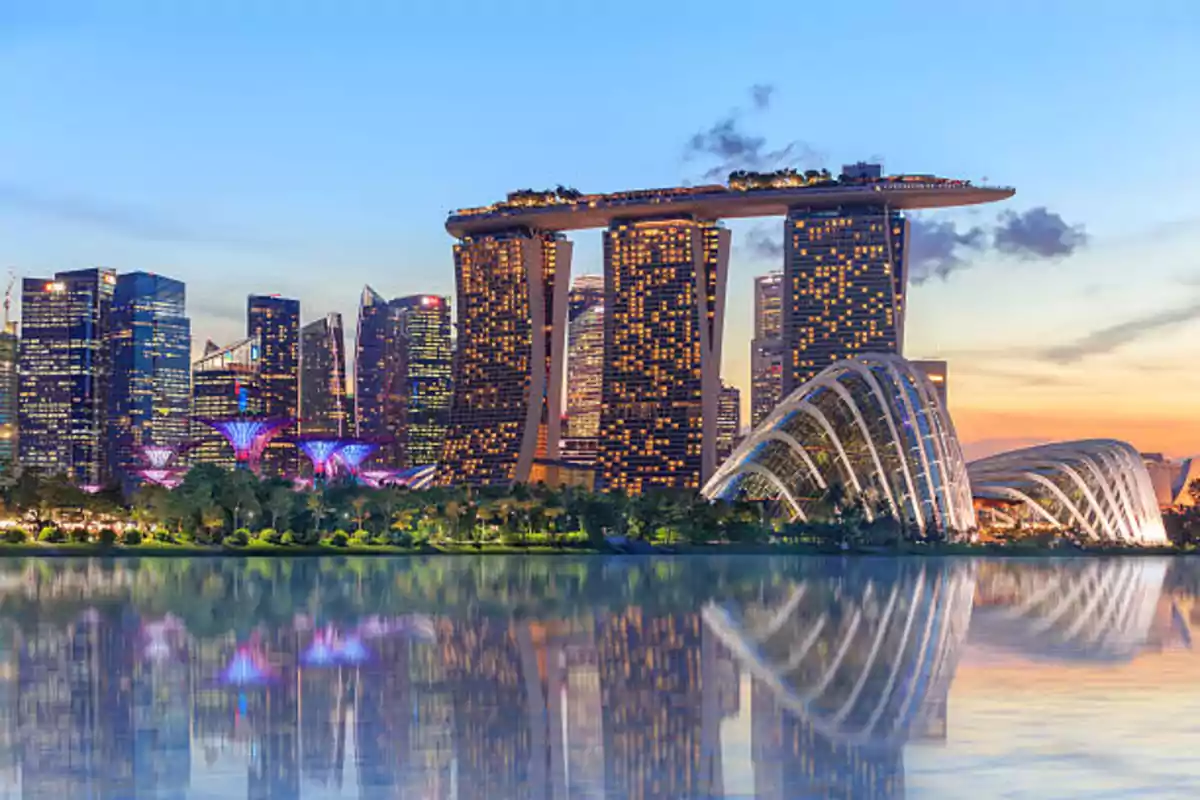
At the other end of the spectrum is Cuba, which after the 1959 revolution led by the infamous Fidel Castro, adopted a communist model inspired by the Soviet Union. Since then, the island has maintained a planned economy, where the state controls production, distribution, and media.
Despite the collapse of the Soviet bloc in 1991, Cuba has resisted the onslaught of global capitalism, remaining one of the few communist regimes in the world, where its citizens die of hunger and lack basic resources.
Cuba also faces severe economic challenges: low productivity, chronic shortages of goods, deteriorated infrastructure, and a strong dependence on allies like Venezuela or Russia.
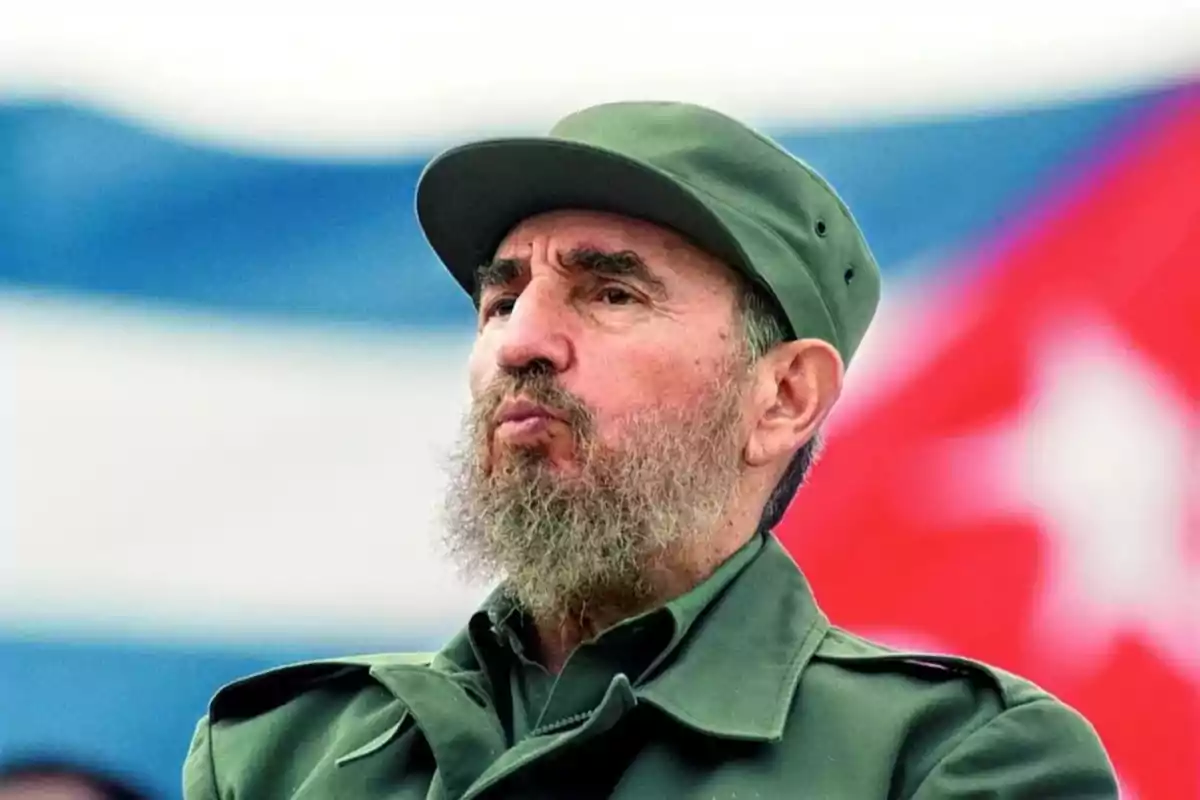
The U.S. economic embargo has exacerbated these problems, although many analysts agree that the internal rigidities of the model have been decisive and the main factor in the failure of the Cuban model.
In the political sphere, the Communist Party of Cuba (PCC) is the only legal one, and there is no alternation in power or real freedom of the press. Criticisms of the system are sanctioned with repression or censorship.
Although in recent years limited economic reforms have been approved, such as opening up to self-employment or controlled foreign investment, the model remains deeply state-controlled, and carries severe penalties for those who attempt to disregard it.
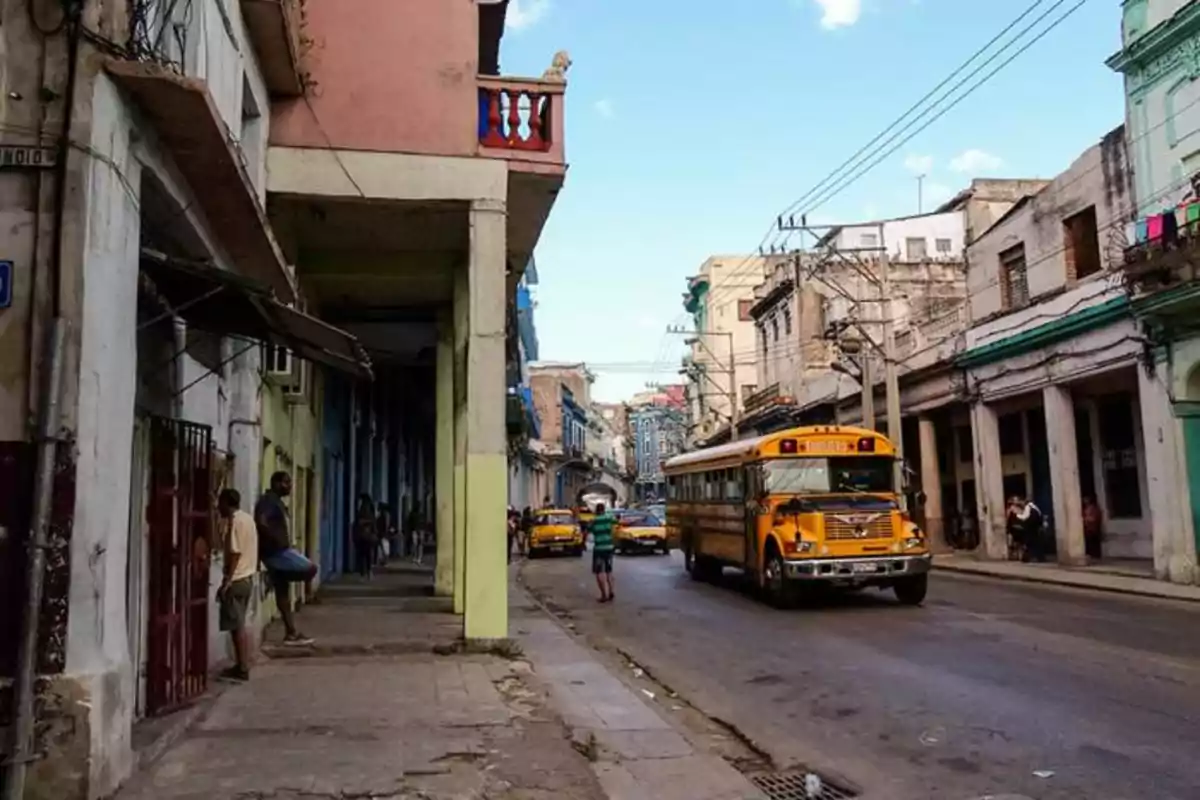
The contrast between Singapore and Cuba is not only economic but deeply ideological. While Singapore prioritizes economic growth and competitiveness in a fertile and capitalist environment, Cuba bets on social equality and national sovereignty in a centralized communist regime.
In terms of results, Singapore has achieved greater economic and social advances, attracting investment, generating high-value-added employment, and modernizing its infrastructure.
Cuba, meanwhile, has achieved widespread extreme poverty and has maintained universal social services, but at the cost of chronic economic stagnation.
The case of Singapore is frequently cited as an example that it is possible to achieve great development in a young country with high expectations, while the Cuban case represents a symbol of resistance to the global capitalist model, with a high economic and political cost, meaning a starving and unhappy people.
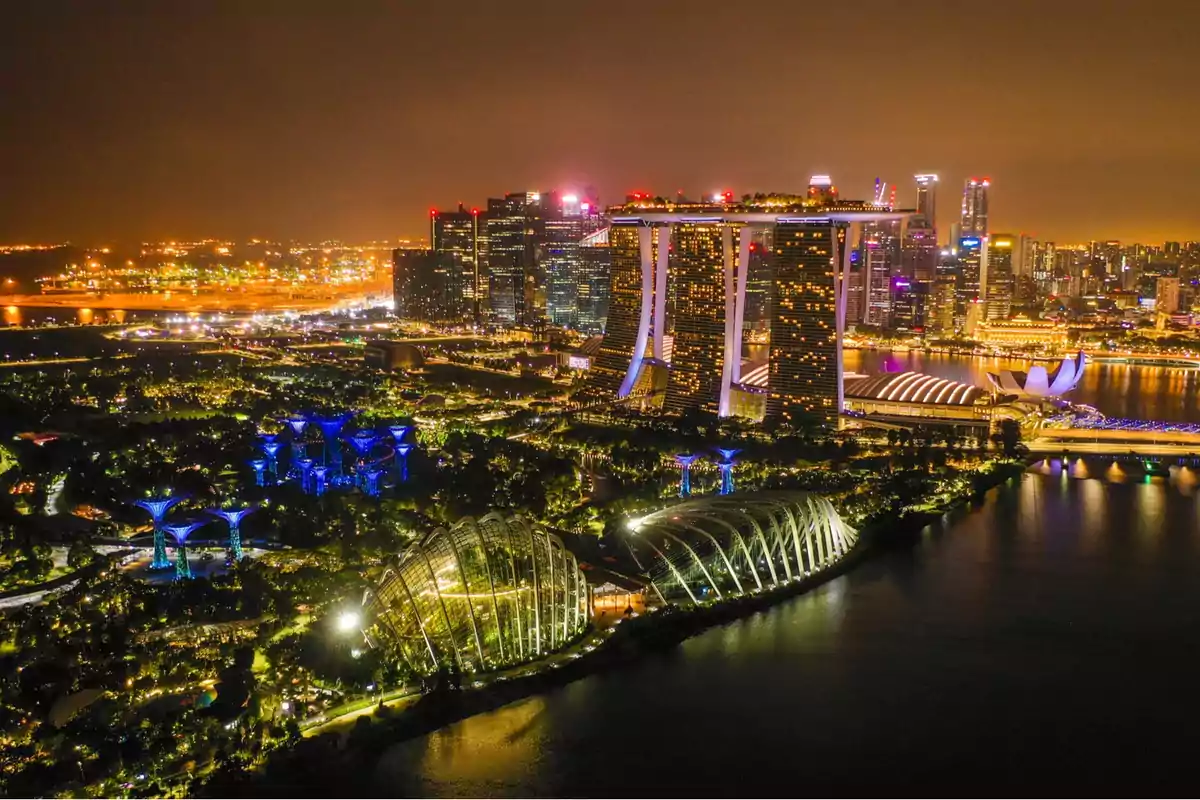
More posts: